
История налогообложения2 / GovernmentTaxation
.pdf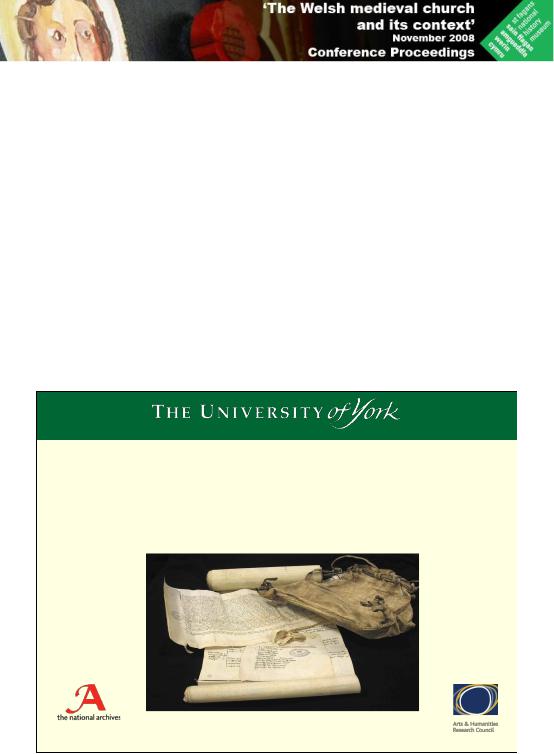
‘The Records of Central Government Taxation in England and Wales: Clerical Taxes 1173 1664i: Introducing a newly accessible source for the history of the Welsh Medieval Church’
Helen Watt and Rosemary C. E. Hayes
THE RECORDS OF CENTRAL
GOVERNMENT TAXATION IN ENGLAND
AND WALES:
CLERICAL TAXES 11731664
(TNA E 179/56/220)
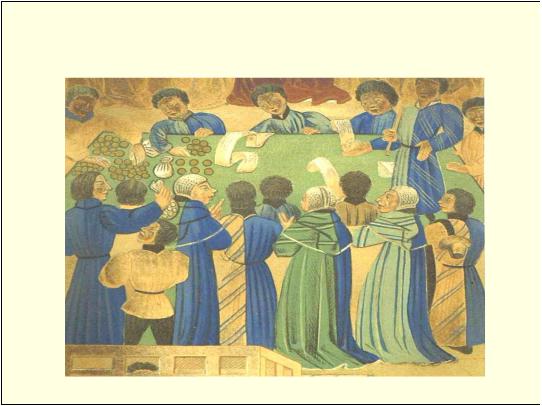
This is an introduction to a source for historical research which it is hoped will not only enrich knowledge of the medieval Welsh church in general, but also shed new light on individual churches, such as St Teilo’s, in particular.ii It should assist researchers to set the medieval Welsh church in context; the context being in this case the taxation of the church and how a grant of clerical taxation, made in the Convocation of the Province of Canterbury,iii usually held in London, was put into effect in each diocese in that Province, and how it filtered down to the parishes and chapelries in the various localities. The source to be outlined comprises the records created by that process; these are the records of clerical taxation, held in series E 179 in The National Archives in Kew.
THE MEDIEVAL EXCHEQUER
(Archaeologia, vol. 39, Part II (1863), p. 362, plate XIX (detail))
This part of the archive of the ancient Exchequer makes up one of the largest and perhaps most informative series for historical research into the medieval and early modern period. The series contains many different types of document, offering a wide variety of information about the assessment, collection and accounting of medieval taxation. It is divided into two main groups, records of lay and clerical taxation, reflecting the fact that the laity and clergy were taxed separately until the 1660s. Because the assessment and collection of taxes was carried out using the lay administrative units of county, hundred, parish and township, and the clerical administrative units of diocese, archdeaconry, deanery and parish, many of the records show taxable, and sometimes also non taxable, communities or churches in the local areas. Some taxes, such as the fourteenth century lay and clerical poll taxes, demanded more detailed lists,

THE INCUMBENT OF ST TEILO’S IN 1379
(TNA E 179/21/16 (detail))
so that documents sometimes also show the taxpayers themselves, named laymen or clergy. The first on the list illustrated here is the rector of Llandeilo Tal y bont.iv
Since the lay documents often record those liable to pay taxes together with amounts payable or amounts on which they were assessed, or both, this allows the user to derive from the documents the comparative wealth of settlements and also chart the rise and fall of that wealth over time. The clerical documents often provide valuations of benefices, and fluctuations in these, together with the varying types of exemptions allowed under tax grants at different times can also be used to provide evidence of the comparative wealth or otherwise of those benefices.
Thanks to a huge research and cataloguing project, the records of taxation are now more accessible than ever before. In the past, the main means of reference to the documents were lists completed in the nineteenth century, containing only very basic details of each document. Greater use of the records highlighted deficiencies and limitations in these lists, and they were soon known to contain many types of inaccuracy. To give just one example: a document for St David’s diocese which was listed under Charles I’s reign, was actually discovered to date from the reign of Henry V, two hundred years earlier!v
In the early 1990s, the Public Record Office (now The National Archives) and a number of academic historians came together to search for a solution to these problems. From this emerged the E 179 project, intended not just to correct errors in the original lists, but also to undertake the complete re examination of every document within series E 179, and to provide in electronic format
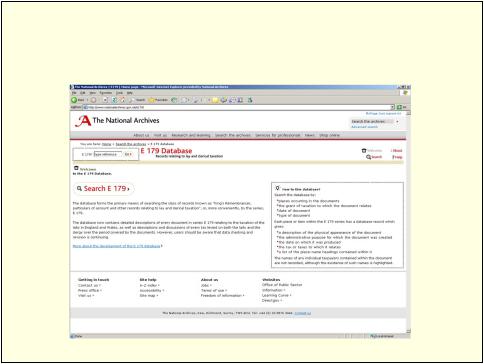
THE E 179 DATABASE
http://www.nationalarchives.gov.uk/e179/
a whole variety of details about the physical nature, content and context of each document. Over the last few years, the project has reviewed all the documents in the series relating to lay taxation, firstly for England, then for Wales, finally turning its attention to the records of clerical taxation for both countries, and this part of the project is now in progress.
One of the key aspects of the entire project has been to carry out research into the various taxes levied upon the laity and clergy of England and Wales during the period covered by the documents. This work has resulted in the compilation of details of all known taxes, and the most recent research will form the basis for a published guide to clerical tax grants, to be issued together with a new edition of the existing guide to lay taxation, Lay Taxes in England and Wales, 1188 1688.vi
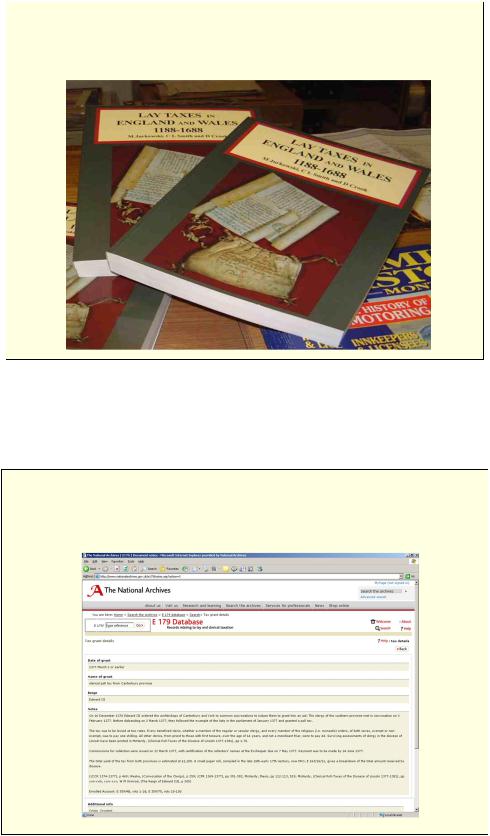
Lay Taxes in England and Wales, 11881688
(Image reproduced by kind permission of TNA; photo by Hugh Alexander)
This guide, first published in 1998, is now in need of updating to reflect amendments and discoveries made during the project and to incorporate greater knowledge of the taxation history of Wales, acquired since the completion of work on the Welsh records.
THE DATABASE OF TAXES:
DETAILS OF THE CLERICAL POLL TAX OF 1377
The results of this research into taxes, both lay and clerical, are also held in the project’s database, found in one of three subsidiary databases compiled to accommodate work on the documents. The database of taxes allows each document to be linked with the correct tax or taxes for the first time, and searches can now be made for all surviving documents associated with each tax.
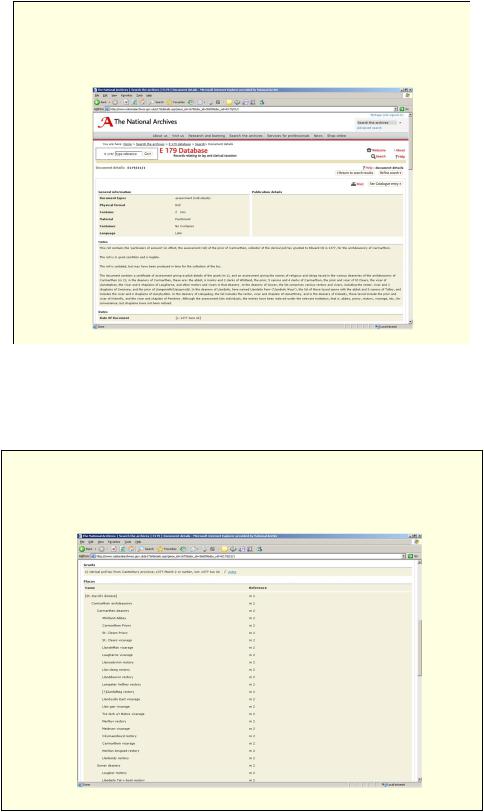
THE DATABASE OF DOCUMENTS:
THE CLERICAL POLL TAX OF 1377 FOR ST DAVID’S (E 179/21/1)
The second is a database of details of each piece, often consisting of one or more documents; names of individuals appearing in the documents are not indexed, although the database gives an indication of whether the documents contain nominal lists or not. Searches can now be made on a variety of other criteria besides tax, including date and document type, and also place,
THE DATABASE OF DOCUMENTS:
PLACES IN ST DAVID’S LISTED IN 1377 (E 179/21/1)
as the third database holds details of place name headings found in the documents, and entered into the database in their hierarchy of lay and clerical administrative units.
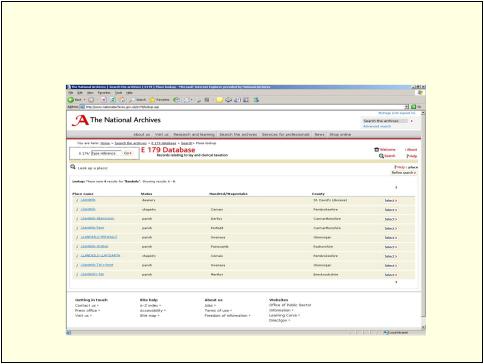
THE DATABASE OF PLACENAMES:
SELECTING LLANDEILO TALYBONT
The database now holds around 3,100 place names appearing as tax units in Wales, including variants, and the attempt to create the hierarchy of standardised Welsh place names has been made using authorities such as Welsh Administrative and Territorial Unitsvii, The Gazetteer of Welsh Place Namesviii, Parochiale Wallicanumix and other gazetteers, county histories and works of reference. Besides this, a special feature of the database of Welsh place names is that dated examples of forms of names as found in the documents, together with references, have been included in the notes field corresponding to each place name.
The creation of this part of the database has allowed all the place names in each document to be displayed in order for the first time, and allows users to search for all the documents for a given place, also for the first time. For example, a search on ‘Llandeilo Tal y bont’ brings up a list of 34 documents, both lay and clerical,
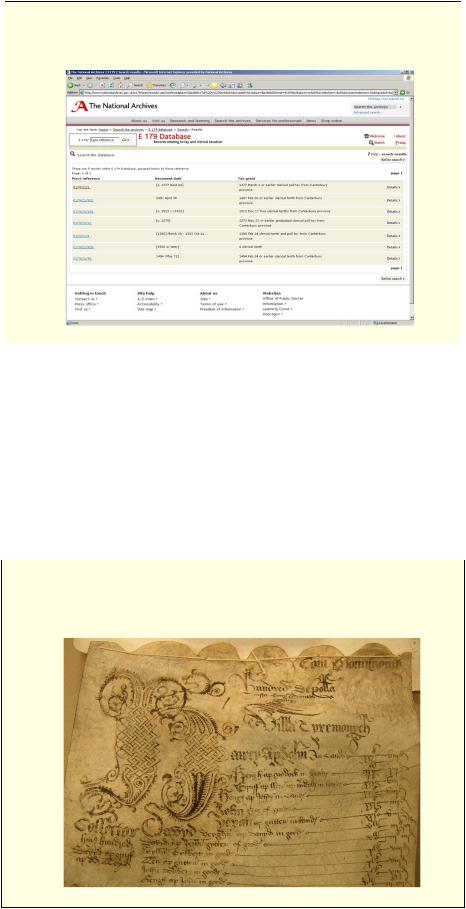
DOCUMENTS FOR LLANDEILO TALYBONT, 12721539
but the list here shows the seven documents in the database for Llandeilo Tal y bont for the period 1272 1539, from the reign of Edward I roughly to the Reformation, all for clerical taxation.
Searches such as this now enable researchers to discover the full extent of material for a given place for lay taxation for England and lay and clerical taxation for Wales, as work on the lay tax records is complete, and work on the records of clerical taxation for Wales is all but complete. Since the database can now help to provide a much better idea of what records exist and what they contain, it is possible to highlight some of the similarities and differences in the way in which taxes were raised in England and Wales during the medieval and early modern era.
TAXATION IN ENGLAND AND WALES
(TNA E 179/222/359 m 1)

Central government taxes on lay people were raised in England on a regular basis from the end of the twelfth century onwards, but the history of taxation of lay people in Wales for the same period is not so straightforward. It was only generally after the ‘Acts of Union of England and Wales’ of 1536 to 1543, under which Wales was shired and represented in Parliament, that similar taxation of the laity was possible, and before 1543, it is thought that there were only two Parliamentary grants of subsidies affecting Wales and the Marches, those of 1450 and 1489.x
Before 1543, the fragmented and changing pattern of landholding in Wales meant that Marcher lords and the Crown each imposed a variety of different levies on their own possessions. Despite the fact that Parliamentary taxation was not generally raised in Wales before 1543, surviving royal enrolments and other documents from the late thirteenth century and later ministers’ accounts show attempts made by the Crown after the Edwardian conquest to tax Wales or parts of it, between 1291 and 1543. Some of these taxes appear to have been raised in Crown lands in quasi Parliamentary style, being granted to the monarch by consent of the various communities, and sometimes alongside non Parliamentary taxation in England,xi and collectors for many of these taxes have been listed by Professor Ralph Griffiths in The Principality of Wales in the Later Middle Ages.xii
With regard to taxation of the clergy in Wales, the situation appears to have been much simpler, and Wales was taxed in more or less the same way as any other diocese in the Province of Canterbury, paying papal and then royal taxes from the late twelfth century until 1663, the last grant under which the clergy were taxed separately. However, clerical tax collection in Wales may have met with varying success over the centuries for various reasons, as will now be explained.
THE RAISING OF CLERICAL TAXATION IN
WALES, 12721539
(TNA E 179/1/34F mm 12 (detail))
The second half of this paper attempts to trace the process of raising clerical taxation in the medieval period from the reign of Edward I, when the surviving records for Wales begin.xiii The procedure is traced by describing the major kinds of document analysed in the data base and what
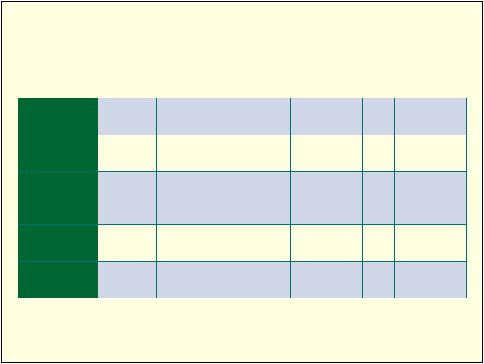
they may be used to tell us about medieval church history, particularly in Wales. As far as possible, illustrative examples are used from Llandeilo Tal y bont and the diocese of St David’s, in which it lay.
Between 1272 and 1534, when the clergy became liable to yearly tenths, there were 99 grants of taxation of multiples (or fractions) of tenths of the values of church holdings recorded in the assessments made for the Taxatio of 1291.xiv That the rectory of Llandeilo Tal y bont was not one of the ten churches in the Gower deanery listed in the Taxatio immediately tells us that it was valued at £4 or less in 1291.xv So one should not expect to find anything relating to it in records of taxes based on the Taxatio. However, one might hope to find something in the thirty taxes raised between 1404 and 1514 on benefices not assessed in the Taxatio and in the eleven poll type taxes raised between 1377 and 1512. Between 1371 and 1540 there were also nine ‘subsidies’ where the church was expected to raise specific sums.
SURVIVAL OF RECORDS
RELATING TO ST DAVID’S, 12721539
|
Ed |
Ed |
Ed |
Ric |
Hen |
Hen |
Hen |
Ed |
Ric |
Hen |
Hen |
|
I |
II |
III |
II |
IV |
V |
VI |
IV |
III |
VII |
VIII |
St David’s |
2 |
1 |
3 |
20 |
7 |
34 |
56 |
5 |
4 |
9 |
5 |
Diocese |
|
|
|
|
|
|
|
|
|
|
|
Carmarthen |
2 |
|
2 |
2 |
|
9 |
12 |
4 |
1 |
2 |
4 |
Arch |
|
|
|
|
|
|
|
|
|
|
|
deaconry |
|
|
|
|
|
|
|
|
|
|
|
Gower |
2 |
|
1 |
2 |
|
|
1 |
2 |
1 |
2 |
3 |
Deanery |
|
|
|
|
|
|
|
|
|
|
|
Llandeilo |
|
|
1 |
2 |
|
|
|
|
1 |
2 |
1 |
Talybont |
|
|
|
|
|
|
|
|
|
|
|
Of the 7,677 records relating to clerical taxation in E 179, about 270 relate to the Welsh medieval church: 37 each for the dioceses of Llandaff and Bangor, 55 for St Asaph, and 144 for St David’s of which 39 relate to the archdeaconry of Carmarthen, 14 to the Gower deanery and 7 to the parish of Llandeilo Tal y bont.xvi
These bald figures disguise the striking fact that for the years 1399 to 1422, the entire reigns of Henry IV and Henry V, three of the four Welsh dioceses between them have left us only two documents: nothing from Bangor, from St Asaph only an account for the tax granted in 1401;xvii and from Llandaff a return from Bishop Zouche to the king’s commission to appoint collectors in 1421. This states that no collectors have been appointed because nothing can be collected in the diocese but assures the king of the bishop and clergy’s prayers.xviii – Perhaps not as effective as he had hoped as Henry was dead within a year! This dearth of documents from all but the St David’s diocese reflects the damage done by the wars against Owain Glyn Dŵr, also evidenced in English lay and clerical tax records, explored further in an article by Helen Watt.xix
